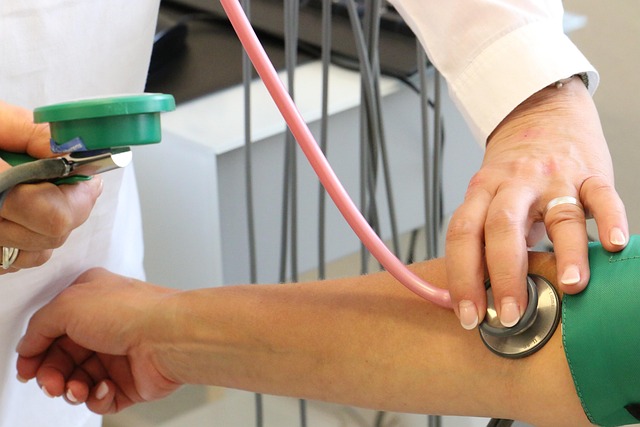Medical Assistant Training Programs Available in the US
Medical assistant training programs across the United States offer practical, hands-on experience for those interested in joining the healthcare field. Learn where to find training near you, what to expect from the courses, and how this path can lead to a stable medical career.

What Does a Medical Assistant Do on a Daily Basis?
Medical assistants serve as critical support professionals in healthcare environments. Their daily responsibilities typically include preparing examination rooms, taking patient vital signs, recording medical histories, assisting physicians during patient examinations, administering medications, performing basic laboratory tests, and managing administrative tasks like scheduling appointments and maintaining patient records.
What Topics and Skills Are Covered in Training Programs?
Comprehensive medical assistant training programs cover a wide range of essential topics, including:
-
Human anatomy and physiology
-
Medical terminology
-
Patient communication techniques
-
Clinical procedure protocols
-
Electronic health record management
-
Basic pharmacology
-
Medical ethics and legal considerations
-
Infection control and safety procedures
Students learn both clinical and administrative skills through classroom instruction, laboratory practice, and supervised clinical externships, ensuring they’re fully prepared for healthcare workplace demands.
How Long Does It Take to Complete Medical Assistant Training?
Medical assistant training program lengths vary depending on the educational pathway:
-
Certificate programs: 9-12 months
-
Diploma programs: 12-18 months
-
Associate degree programs: 2 years
Most programs include classroom instruction and hands-on clinical training, with many institutions offering flexible scheduling options for working students.
Where Can You Find Accredited Medical Assistant Training?
Accredited medical assistant training programs are available through:
-
Community colleges
-
Technical schools
-
Online educational platforms
-
Traditional universities
-
Vocational training centers
Prospective students should verify program accreditation through recognized bodies like the Commission on Accreditation of Allied Health Education Programs (CAAHEP) or the Accrediting Bureau of Health Education Schools (ABHES).
Training Program Cost Comparison
| Program Type | Duration | Average Cost | Accreditation |
|---|---|---|---|
| Certificate | 9-12 months | $5,000-$10,000 | CAAHEP |
| Diploma | 12-18 months | $8,000-$15,000 | ABHES |
| Associate Degree | 2 years | $10,000-$25,000 | Regional Accreditation |
Prices, rates, or cost estimates mentioned in this article are based on the latest available information but may change over time. Independent research is advised before making financial decisions.
Career Opportunities After Completing Training
After completing medical assistant training, graduates can pursue diverse career opportunities in:
-
Primary care clinics
-
Hospitals
-
Specialized medical practices
-
Urgent care centers
-
Outpatient surgical centers
-
Diagnostic laboratories
Many medical assistants also choose to specialize in areas like pediatrics, cardiology, or administrative healthcare management, offering potential for career growth and advancement.
Medical assistant training provides an accessible and rewarding entry point into the healthcare profession, combining technical skills, compassionate patient care, and professional development opportunities for motivated individuals.




